TABLE OF CONTENTS
Wi-Fi. It’s the wonderful technology that allows us to access the greater human consciousness through the internet without getting all tangled up in a mess of wires.
For all its benefits, however, its adoption in the desktop space has always been quite low.
But as the complexity of building PCs goes down and more and more people are getting into building their own PCs, the need for built-in Wi-Fi has increased as well.
Not everyone wants to fuss with wires for the best speeds. For most, good speeds and convenience is king.
So, if you’re anything like those people, you’re probably looking at getting a motherboard from a good brand with built-in Wi-Fi.
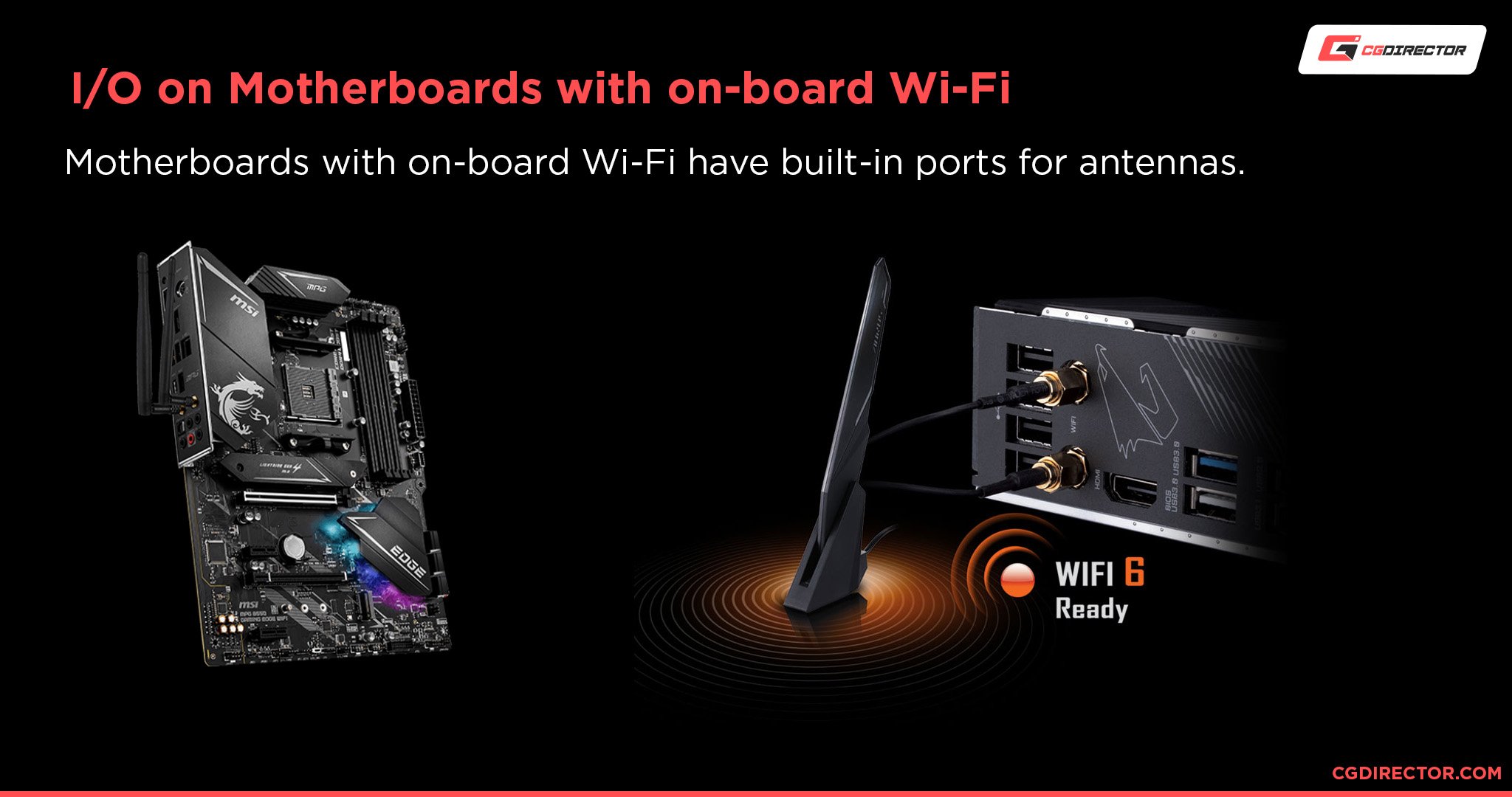
What’s the point of going with Wi-Fi if you have to mess around with external Wi-Fi cards, right?
So, in this article, we’ll be figuring out how to tell if a motherboard has built-in Wi-Fi or not.
Before Buying
You’re cautious and want to make sure you know what you’re getting before you pull the trigger.
This is what you can do if you want to see whether a motherboard has built-in Wi-Fi before you buy it.
Read the Specifications
The best way to tell if a motherboard has Wi-Fi—and anything else you might need—is to check out the specs.
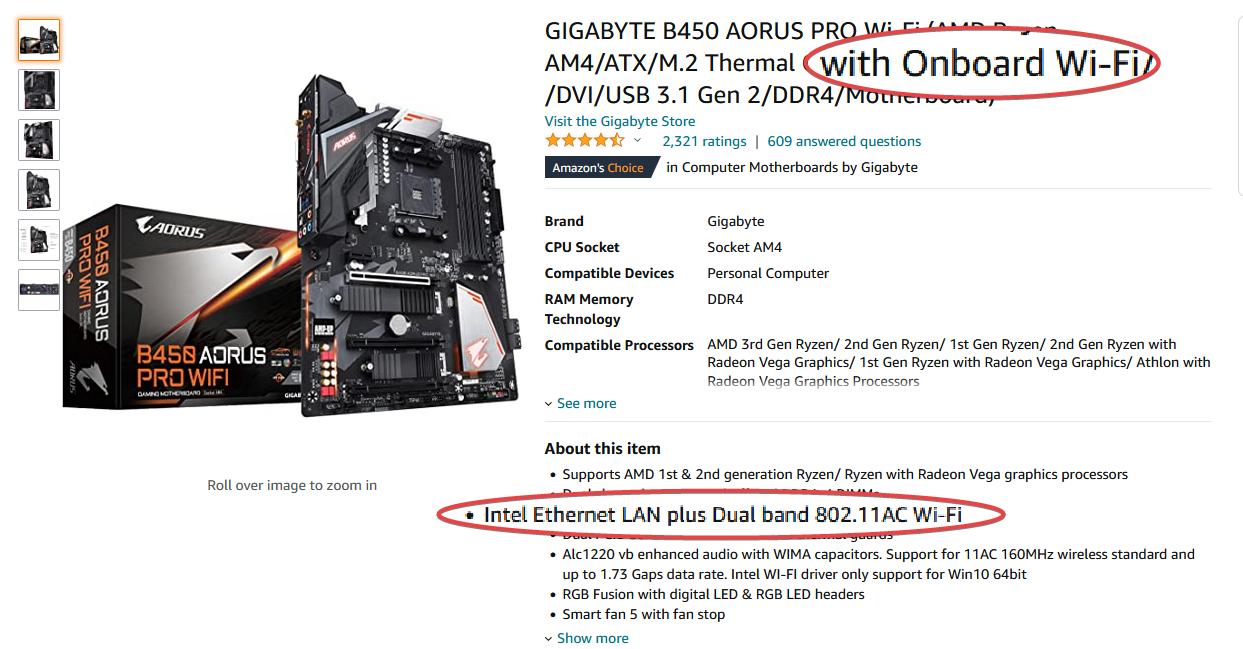
Manufacturers usually advertise the Wi-Fi-capableness of motherboards quite clearly. So it shouldn’t be too hard for you to figure out that a motherboard has Wi-Fi by simply looking at the product specifications.
You can usually do this by looking at the product information on the store page, or, if they for some reason don’t state their full specs on the store page, you can always search up the name of the motherboard (GIGABYTE B450 AORUS PRO WIFI in our case) and get the specs directly from the manufacturer’s website.
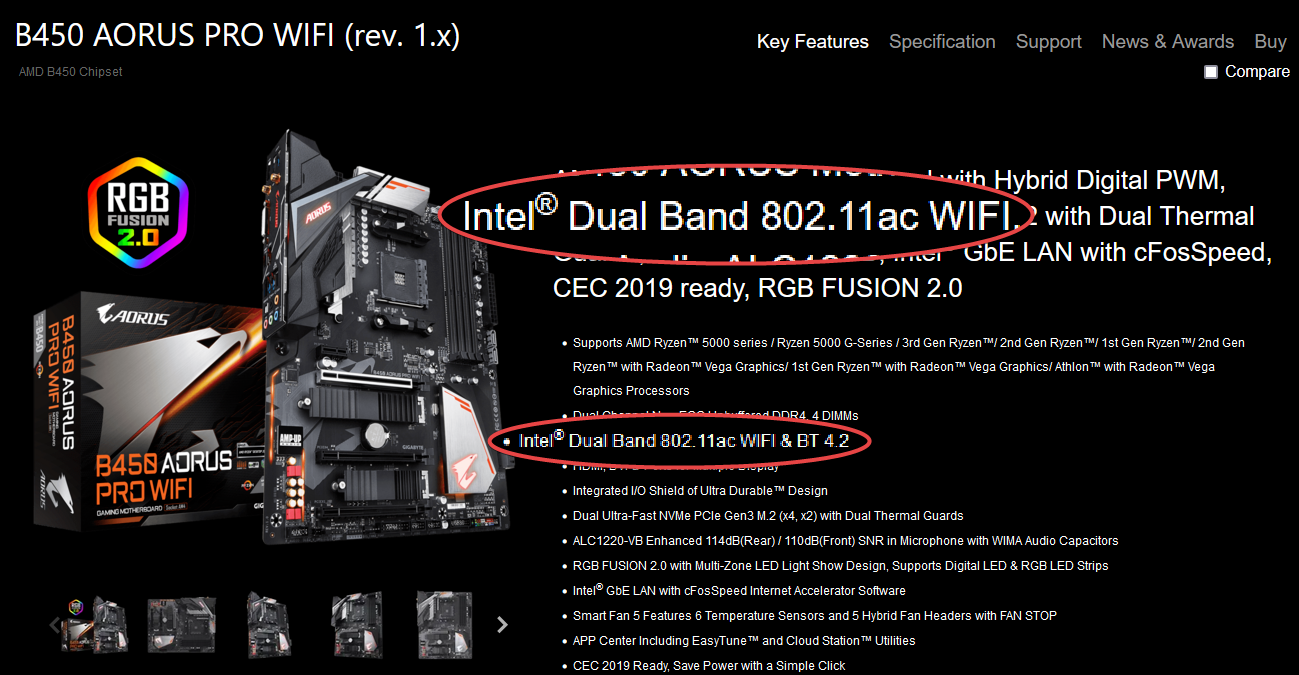
And if you still can’t find the information you’re looking for, you can always watch a review of your motherboard as well.

Unless you’re buying a very esoteric and unknown motherboard, the chance of you finding a review outlining all the pros and cons of your motherboard of choice is high.
After Buying
Perhaps you already bought/own a motherboard, and you just want to figure out whether it has Wi-Fi or not.
These are the things that you can do to see whether a motherboard has built-in Wi-Fi after you buy it and it’s already installed in your PC.
Physical Checking
All motherboards that support Wi-Fi will have a physical tell showing that they support Wi-Fi.
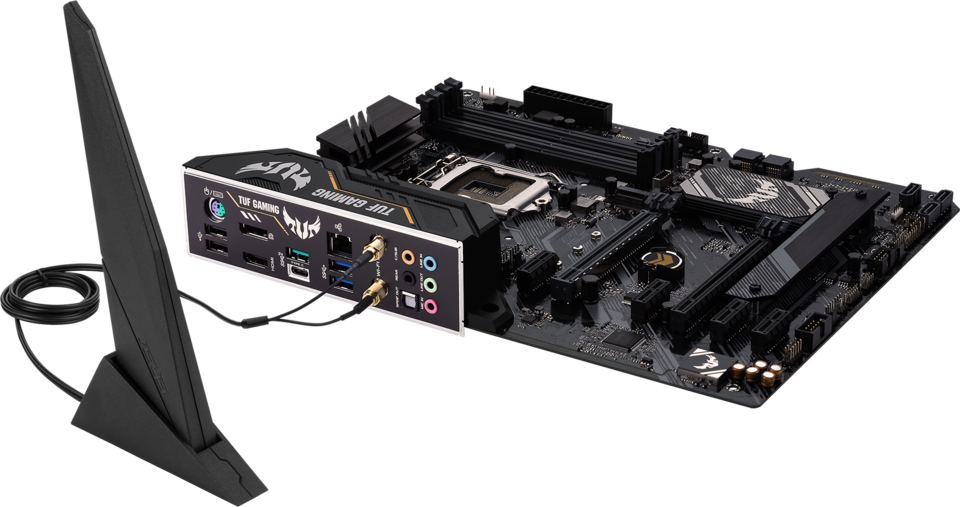
ASUS TUF Motherboard with attached WIFI Antenna – Credit: ASUS
In order to get a good connection, most motherboards with Wi-Fi come with antenna connection ports on their back I/O.
This allows them to connect to an antenna which you can then place wherever you get the best connection.

Distinct Wifi Connectors on MSI Motherboard’s I/O shield – Credit: MSI
If your motherboard has these types of ports, then you most likely have built-in Wi-Fi, you just need to connect an antenna to make use of it.
If it’s a new motherboard, check the box to make sure that you didn’t miss the antenna, and if it’s an old motherboard, you might need a separate antenna if you can’t find the one that came with the motherboard.
Software Checking
The easiest way to check whether you have Wi-Fi on your motherboard is to just check and see if there’s a little Wi-Fi icon on the lower right corner of your screen, on the taskbar.
Wifi settings dialog in Windows 11 – Credit: Microsoft
If it shows that you have Wi-Fi, then congrats! If not, well, you can always get a Wi-Fi card to add that functionality.
Of course, it might very well be that your Wifi is disabled or you are missing the drivers needed for the Operating System to be able to show you that Wifi symbol and actually use it.
In this case you should check your Motherboard’s specs (like so) or find your Motherboard’s name first and then check the manufacturer’s specs page to narrow it down – Before you go hunting for BIOS settings, Drivers or other means to enable your Wifi (like a key on your keyboard).
In Summary
Hopefully, that helped you figure out how to tell if a motherboard has built-in Wi-Fi or not.
In general, it’s quite easy to tell whether a motherboard has Wi-Fi or not, but if for some reason you had trouble figuring it out, hopefully, this article helped you out!
FAQ
Why Don’t All Motherboards Have Built-in Wi-Fi?
Cost and need. Not everyone needs or likes built-in Wi-Fi.
Most people that use desktops prefer to run a wire instead. It offers better speeds, more stable connections, and is just plain better than Wi-Fi for most desktops.
Wi-Fi is most commonly used for devices intended for more portable use cases such as mobile devices, laptops, etc.
There’s also the fact that some motherboard Wi-Fi can be crappy.
Wi-Fi isn’t exactly the most flashy thing, most people want something that just works.
But there’s a big difference between something that just works and something that works well and will last.
So most people that want Wi-Fi will opt to go with external solutions like a Wi-Fi card instead. These external solutions aren’t that expensive, can give you better/more features, and are also reusable throughout PC builds.
Is Having Built-in Wi-Fi Going to Hurt Other Components?
No. It won’t hurt anything.
The frequencies that Wi-Fi operates in is harmless to pretty much anything you can come across.
What Is Wi-Fi?
Invisible magic vibrations that allow you to see cool cat videos and po[redacted].
It’s an evolution of the radio waves of yore, but instead of bringing radio channels playing the same 50 songs on repeat, it allows you to connect to the internet.
Do All Desktops Have Wi-Fi?
No. Most don’t. Most desktops use wired ethernet connections instead of Wi-Fi.
You aren’t likely to move around all that much with a desktop PC, so the benefits of Wi-Fi aren’t as apparent there.
A wired connection is almost always better.
How Do I Add Wi-Fi to My Motherboard?
There are two main ways you can do that: Wi-Fi cards and Wi-Fi dongles.
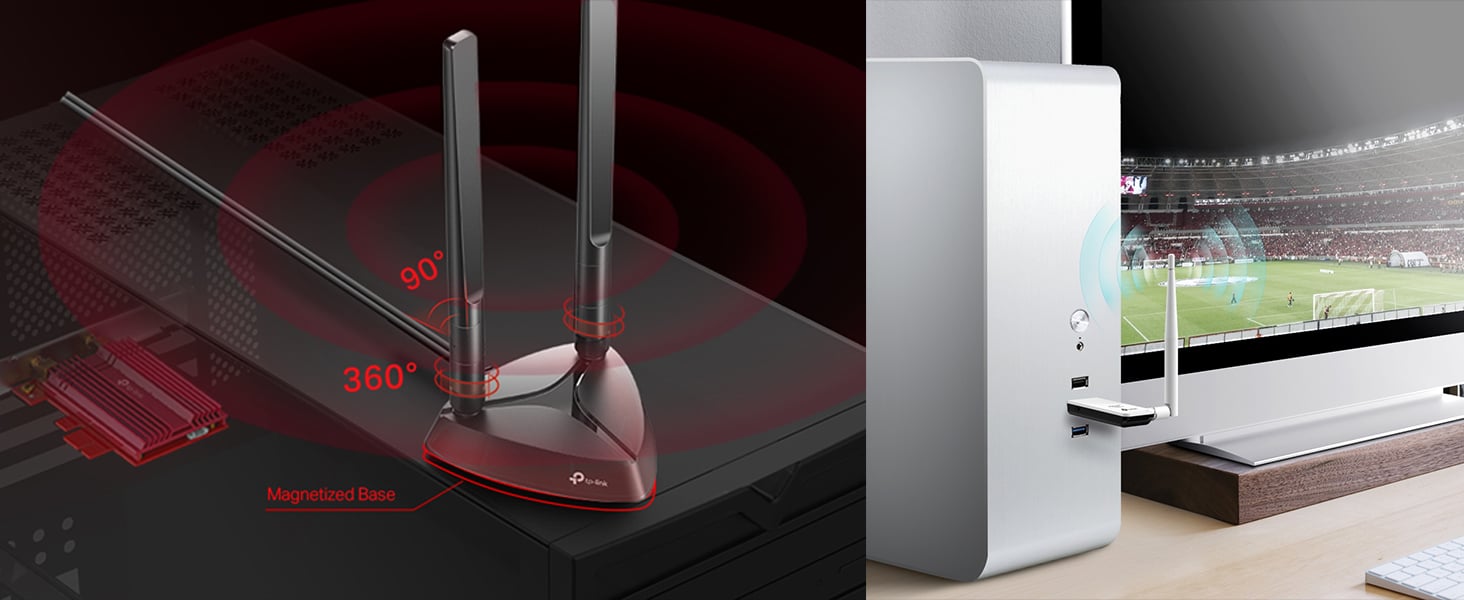
Image-Credit: TP-Link
Wi-Fi cards are usually the better option. They provide more functionality than Wi-Fi dongles usually, they tend to have more stable connections which in turn provides faster and more consistent speeds.
Wi-Fi dongles on the other hand tend to be a bit cheaper than Wi-Fi cards and also more accessible as you don’t need to dig into your PC to install them; they’re usually just a USB device that you plug in and then you’re ready to go.
What Happens if My Motherboard Doesn’t Have Wi-Fi?
You don’t get Wi-Fi.
Don’t worry, you can still connect to the internet, you just need to either connect an ethernet cable into your motherboard or get a Wi-Fi card/dongle.
Is Wi-Fi the Same as the Internet?
No, it’s not.
You can think of Wi-Fi as the bus that gets you to the store, but the bus obviously isn’t the store itself.
In the same vein, Wi-Fi allows you to connect to the internet and use it, but it’s not the internet itself.
Over to You
Have any other questions about PC components? Feel free to ask us in the comments or our forum!
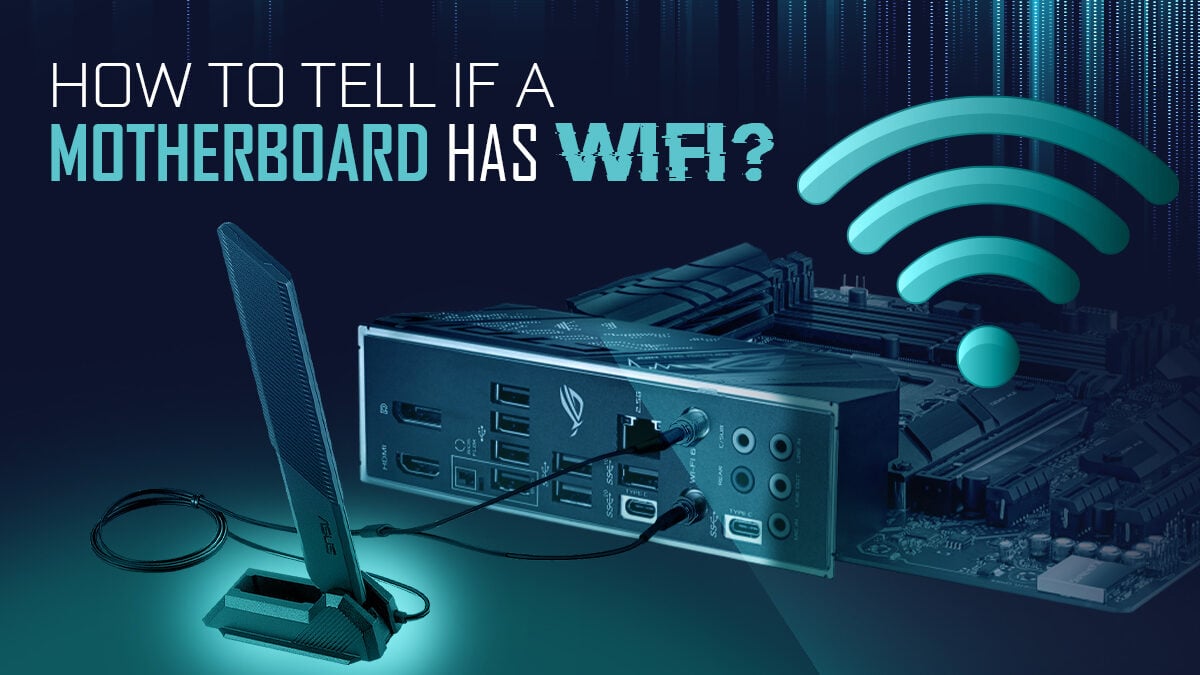
![Where Do You Connect PC Fan PWM Cables To? [Beginner’s Guide] Where Do You Connect PC Fan PWM Cables To? [Beginner’s Guide]](https://www.cgdirector.com/wp-content/uploads/media/2023/12/Where-Do-PWM-Cables-Go-Beginners-Guide-Twitter-1-594x335.jpg)
![How To Connect Front Panel Cables To Your Motherboard [Guide] How To Connect Front Panel Cables To Your Motherboard [Guide]](https://www.cgdirector.com/wp-content/uploads/media/2024/01/How-To-Connect-Front-Panel-Cables-To-Your-Motherboard-Twitter-copy-1-594x335.jpg)
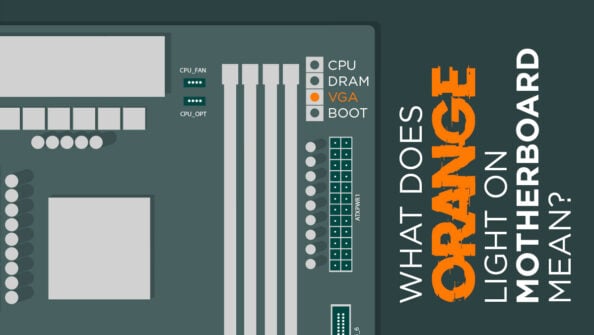
![Wi-Fi vs Internet: What’s The Difference? [Beginner’s Guide] Wi-Fi vs Internet: What’s The Difference? [Beginner’s Guide]](https://www.cgdirector.com/wp-content/uploads/media/2023/11/Wi-Fi-vs-Internet-Whats-The-Difference-Beginners-Guide-Twitter-594x335.jpg)

2 Comments
26 December, 2022
Do all WiFi Motherboards have a integrated graphics card built into them only or can a Wifi Motherboard have an external graphics card in a PCI Express instead of having a integrated graphics card soldered to the Motherboard ? Thanks
27 December, 2022
Hey there,
Wifi is entirely independent of any kind of graphics capabilities. Also beware that motherboards themselves do not have graphics capabilities built-in but this is rather provided by CPUs with iGPUs.
The Motherboard itself only provides a connector for your monitor, but this connector will only function if you have a CPU with an iGPU.
A Motherboard with integrated Wifi also supports a discreet Graphics Card (You’ll have to buy one and plug it into the pcie slot).
Cheers,
Alex